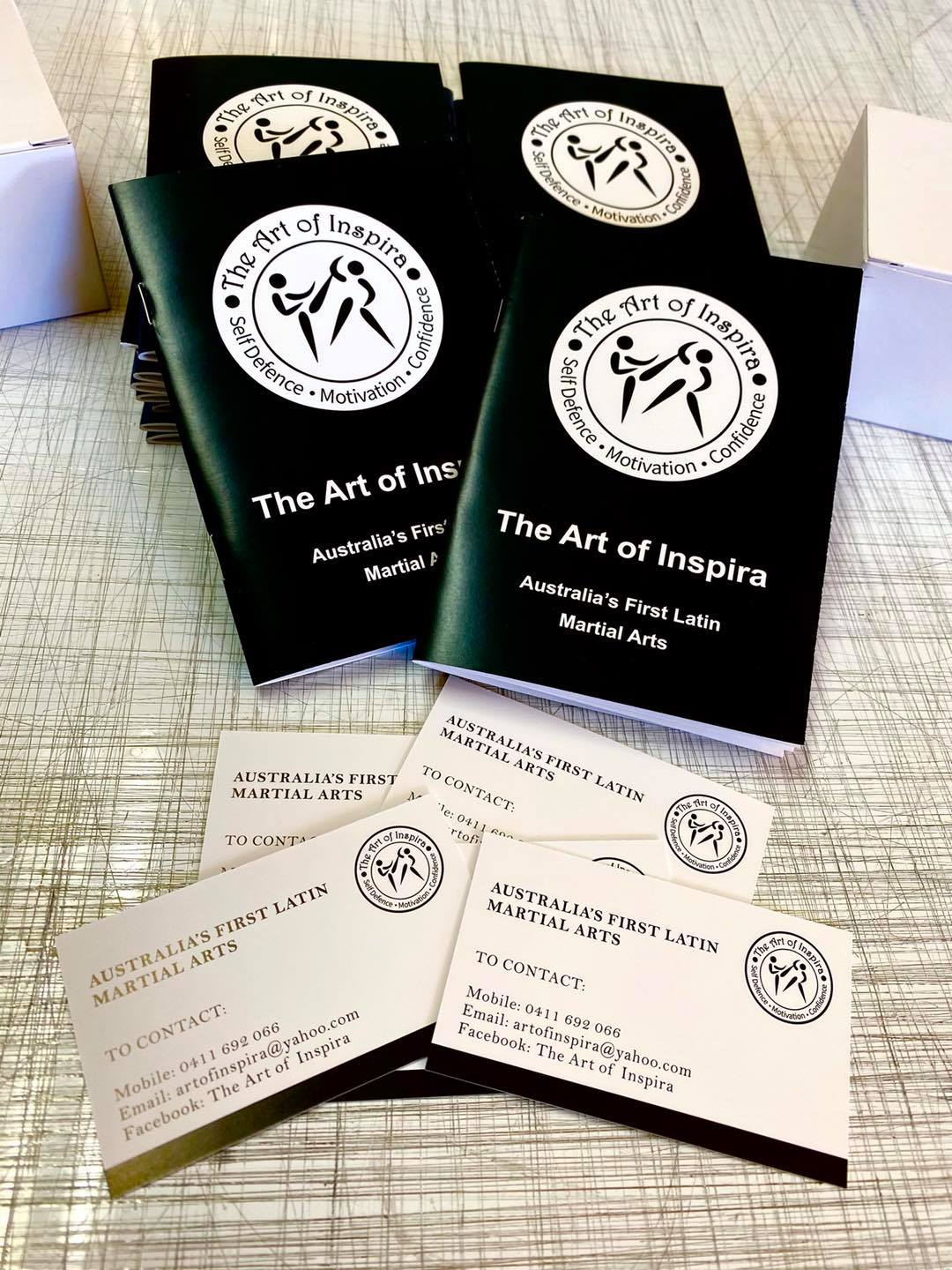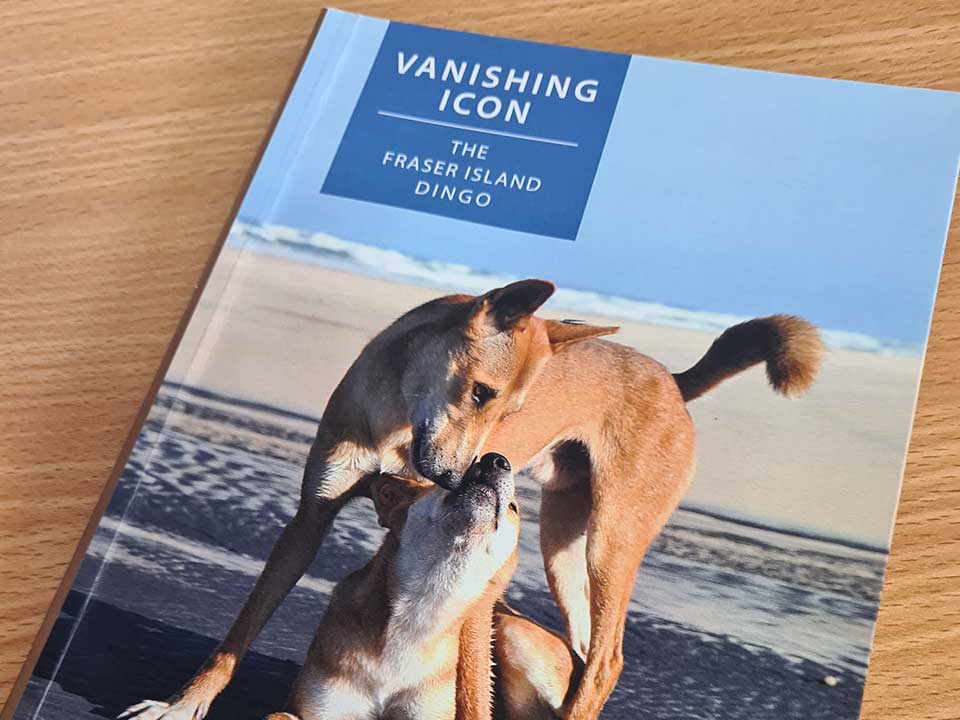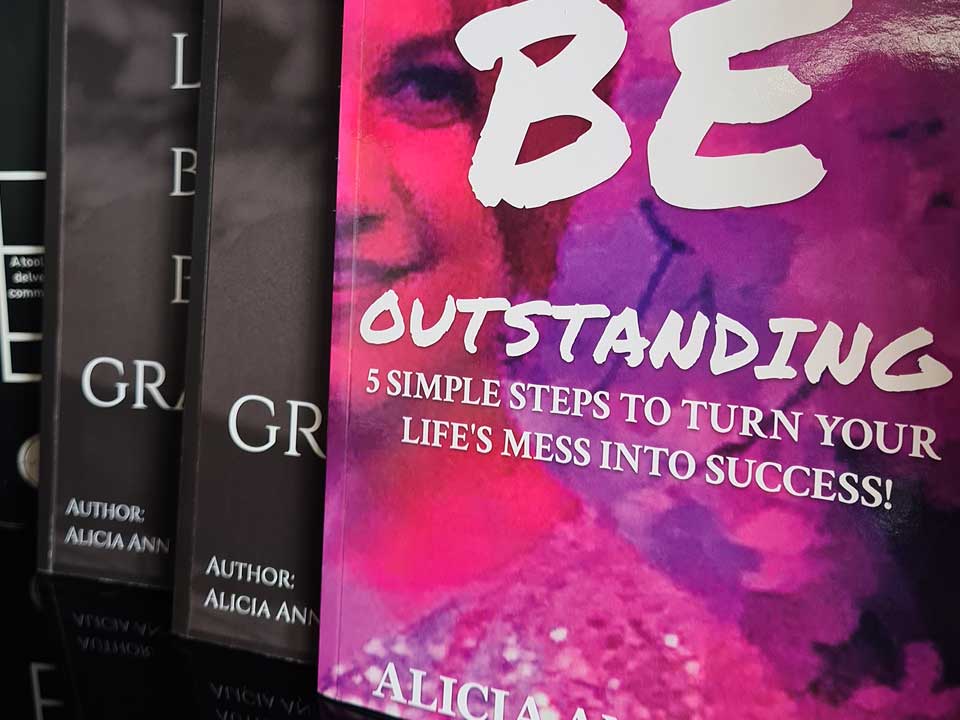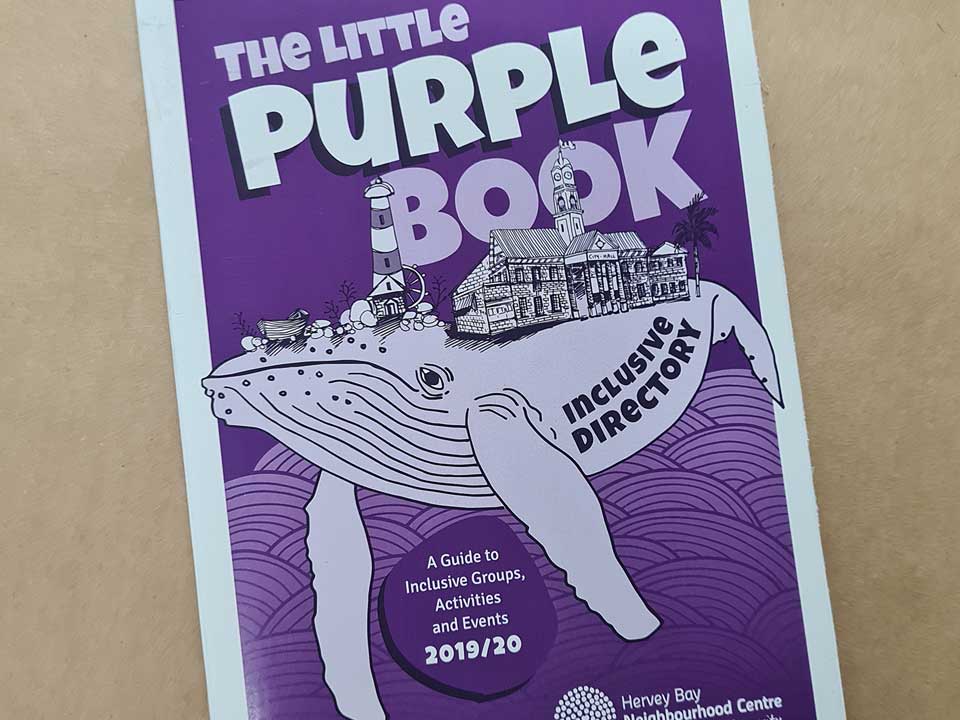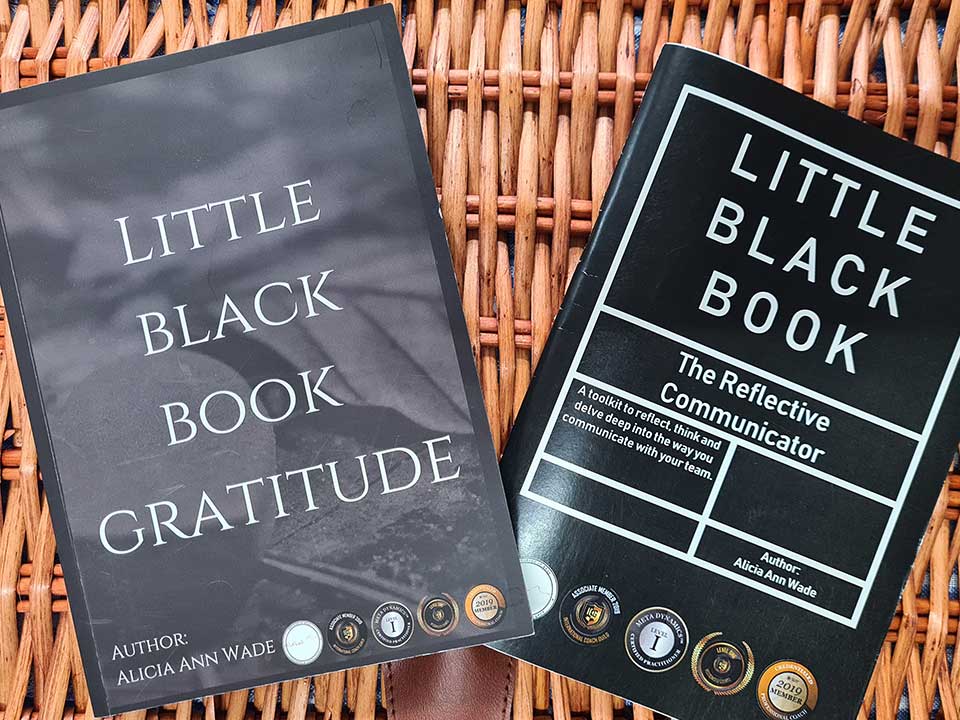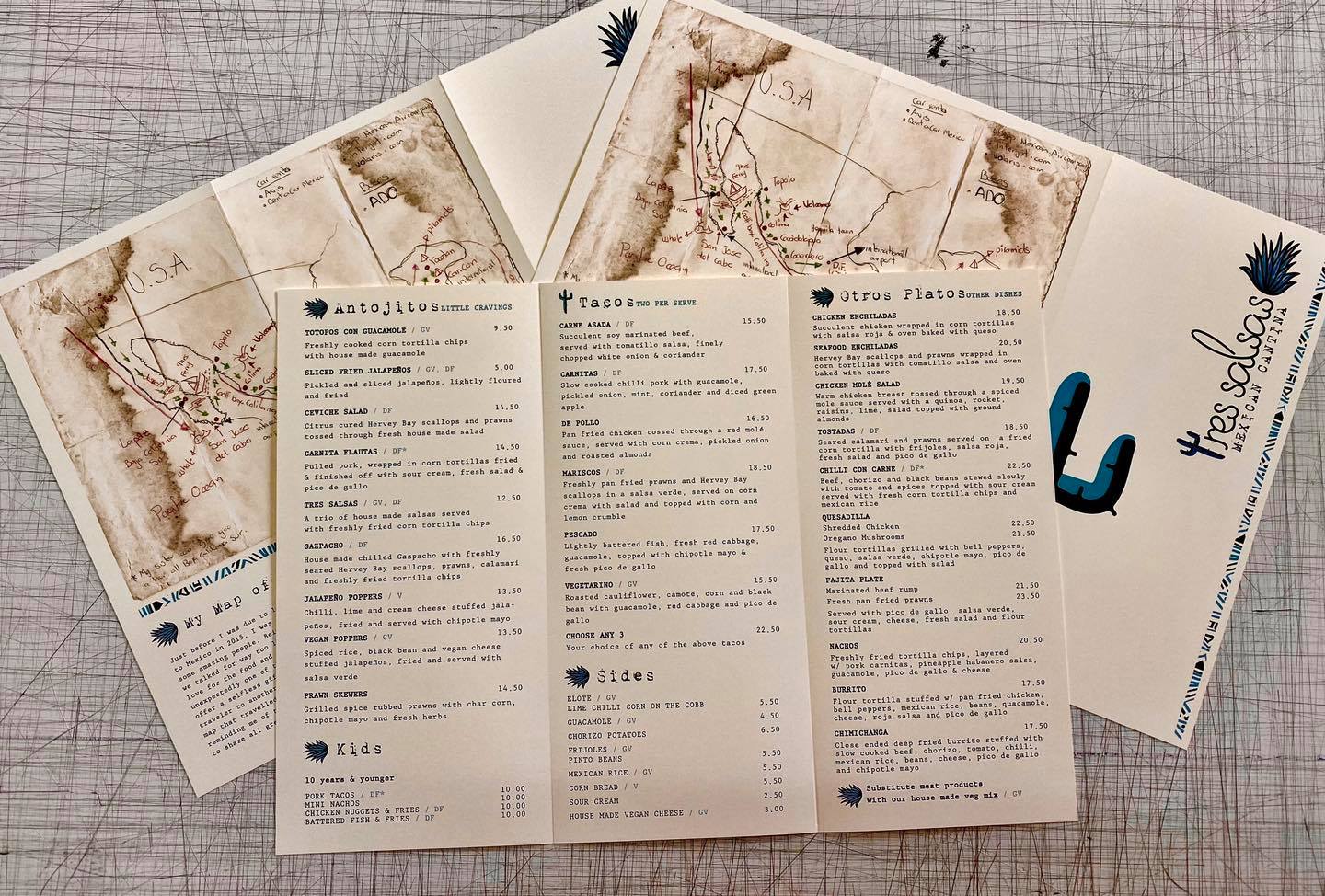When it comes to promoting your business, printed brochures can be a powerful tool in your marketing arsenal. But who really benefits the most from using them? Well, the short answer is just about any business can make good use of brochures.
What Types of Businesses Benefit Most from Using Brochures?
If you run a retail store, for example, brochures can showcase your latest products, sales, or seasonal promotions in a visually appealing way. This makes it easy for customers to take home information and be reminded of your offerings long after they’ve left your shop.
Service-based businesses, like real estate agencies or landscaping companies, also find brochures particularly useful. A well-designed brochure can highlight your services, include stunning visuals, and provide potential clients with everything they need to know to make a decision. Imagine handing a prospective buyer a beautiful brochure that outlines all the properties you have on offer—it’s a great way to make a lasting impression.
Then there are event-based businesses like travel agencies or tourism operators. A brochure can capture the essence of a destination or experience, making it easier for customers to envision their next holiday. These printed pieces can serve as a tangible reminder of the adventures that await them.
How Can Brochures Enhance My Brand’s Visibility?
Having something physical to hold can make a huge difference. Brochures not only provide information but also reflect the personality of your brand. A well-designed brochure with your logo, brand colours, and key messaging can create a strong visual impact, helping your business stand out from the competition.
Brochures are also incredibly versatile; can distribute them at events, place them in waiting areas, or include them in direct mail campaigns. Each time someone picks up your brochure, they’re engaging with your brand. This repeated exposure helps to build brand recognition, making it more likely that they’ll remember you when they need your products or services.




